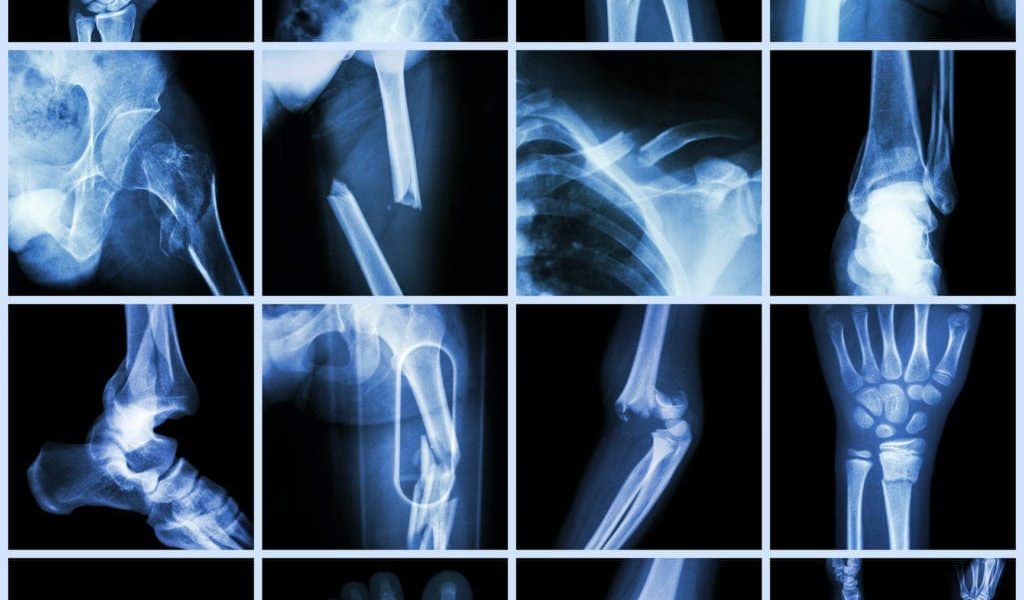Elderly Non-Hip Fractures
– An article from the University of Helsinki, Finland
Elderly Non-Hip Fractures – Hip fracture in the elderly is the most common fracture requiring hospitalization.
Most of the fracture and mortality research has concentrated on hip-fracture mortality in elderly patients.
These fractures are frequently related to low bone mineral density and are caused by low-energy trauma.
Hip fractures are associated with increased mortality and high economic cost.
Younger Patients
In younger patients, hip fractures are more frequently sustained from high-energy or sports-related trauma. Al-Ani and others (et al.) found that the majority of young patients had at least one risk factor for fracture. They also had low mineral density, although the patients were generally reasonably healthy.
We hypothesize that higher mortality in young patients with proximal fractures might be due to risky lifestyle and substance abuse factors.
Current literature on non-hip post fracture
mortality of lower extremity is limited and inconclusive. We therefore investigated mortality in adults of all ages after lower extremity fractures that required inpatient care.
Fractures Double Mortality Rate in 65 and Older
In patients over 65 years of age, fractures of the hip, thigh mid section (femoral diaphysis), and knee were associated with approximately double the mortality of the general population.
For hip fractures, our standardized mortality ratio (SMR) of 2.0 for women and 3.0 for men are similar to results from Australia. However, Melton et al. reported a slightly lower SMR for women in the USA.
Comparison of the results regarding mortality after types of (non-hip) lower extremity fractures is difficult due to differences in study populations, ways of expressing mortality, and categorization of fracture sites. We therefore determined the mortality (compared to the general population) after all lower extremity fractures in 3,567 adults who were hospitalized for treatment of such fractures over an 9-year period.
With the exception of patients who had ankle fractures, the majority of patients treated for lower extremity fractures were over 65 years of age. 877 women and 476 men died during the study period. For elderly patients, the steepest increase in mortality was seen during the first 6 months after the fracture occurred. In younger patients, the mortality rate was constant (Figure 1).
For all fracture sites, the SMR in patients younger than 65 years of age was at least double that in patients older than 65 years of age.
In patients older than 65 years of age, mortality was increased only after fractures of the hip, femoral diaphysis, and knee.
3 Most Common Causes of Death – All Adults
The 3 most common causes of death in patients younger than 65 years of age were:
- External (deaths due to injuries, poisoning, and other consequences of an external cause) (30%)
- Diseases of the circulatory system (21%)
- Neoplasms (14%).
In patients 65 years of age or older, the 3 most common causes of death were:
- Diseases of the circulatory system (44%)
- External causes (12%)
- Neurological diseases (12%)
In Finland, all deaths and causes of death are recorded by Statistics Finland. Thus, we had access to accurate data on the mortality of fracture patients and also of the general population. This allowed us to calculate lower extremity SMRs, in relation to the mortality in the general population.
Because of our population-based material, we believe that our results can be generalized to similar patients in other developed countries.
Significant Increase in Mortality for Elderly Non-Hip Fractures
In conclusion, we found that hip fractures in people aged 65 and over were associated with double the mortality. Notably, fractures of the femoral diaphysis and knee were associated with significantly increased mortality in this age group.
https://www.tandfonline.com/doi/full/10.1080/17453674.2016.1210533




